Introduction
Thanks to its collaboration with KFI, Fercam has accelerated its technological transition, successfully moving from an outdated system to an Android-based ecosystem. This migration has improved ergonomics, productivity, and user experience by integrating innovative technologies to flexibly meet the company’s evolving needs



FERCAM Logistics & Transport
With a turnover of over € 800M and 2,100 direct collaborators, Fercam is one of the main logistics operators in Europe. Founded in 1949, the company is a long-standing customer of KFI, with whom it has been collaborating for over 25 years.
Currently the company has a fleet of over 1800 Android PDAs, centrally managed and monitored via the SOTI platform. These are divided into two main categories: those used by drivers and those used by distribution centre operators.
Customer
Objectives
Overcome the limitations of the Microsoft operating system.
Integrate Android while ensuring compatibility with the new graphical TMS.
Ensure a smooth transition and enhance the user experience.
Achieved Results
Increased productivity and ergonomics
with new devices.
Simplified centralized management through SOTI.
Positive feedback from operators
thanks to a more intuitive system.
The challenge
Fercam burns stages
As a result of the end of life communication of the Microsoft operating system, Fercam decided to immediately focus on Android devices. This technological change “was a rather welcome event, and we did not want to be caught unprepared on this issue”, admits Stefano Albiero, CTO of Fercam.
In 2017, therefore, on the occasion of the renewal of the fleet of devices entrusted to couriers, the company introduced the first thousand Zebra TC75, which, with the new Google OS, made it possible to give an early start to the change of the technological platform, and to optimize the management of software related to proof of delivery activities.
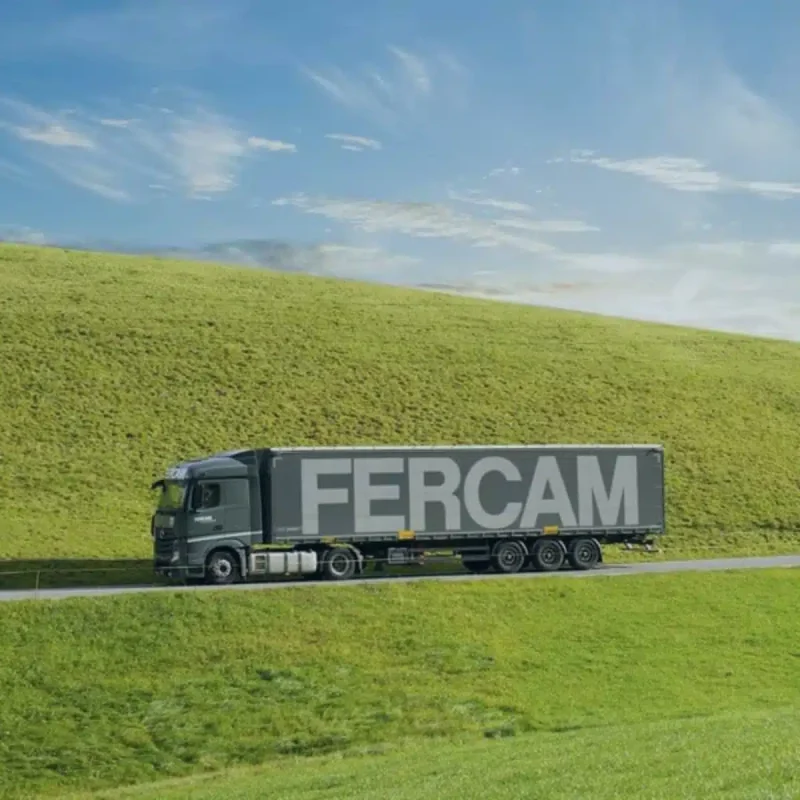
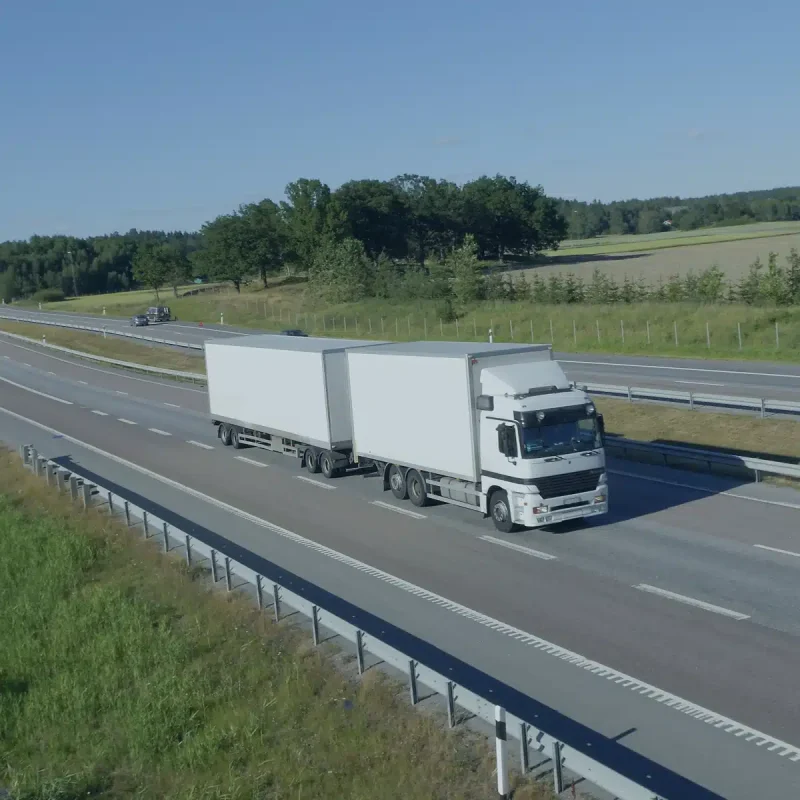
The advantages of the migration were so evident that, on the occasion of subsequent replacement of the distribution centres PDAs, the company had no doubts. We would have continued with the made in MontainView operating system.
In this second case, according to Albiero, the challenges that called IT to respond with an innovative and valuable contribution were three:
- Overcoming the technological limits of an outdated operating system (Microsoft), no longer able to meet all the needs of the various businesses.
- Being able to count on a modern operating system (Android) compatible with a new web-based graphic TMS.
- Involve the workforce through a simpler and more familiar user experience.
The solution
The revolution towards Android
The change of TMS meant an epochal step for Fercam. The company had in fact planned to switch from an application developed in an AS400 environment, with a Telnet protocol based on characters, to a software based on HTML graphic screens accessible via browser/browser accessible HTML graphic screens. To better manage the introduction of the new application and reduce the impact caused by the change of the operating mode, it was decided to proceed step by step. In a first phase, KFI took care of the graphic conversion of the pre-existing TMS character screens. In this way, the operators were able to start experimenting with touch mode work, facilitated by familiarity with the original interface. This was possible using Ivanti’s Velocity client which – still working in Telnet mode – allows presenting HTML screens to the operator, which can be used without resorting to physical keyboards and button combinations.
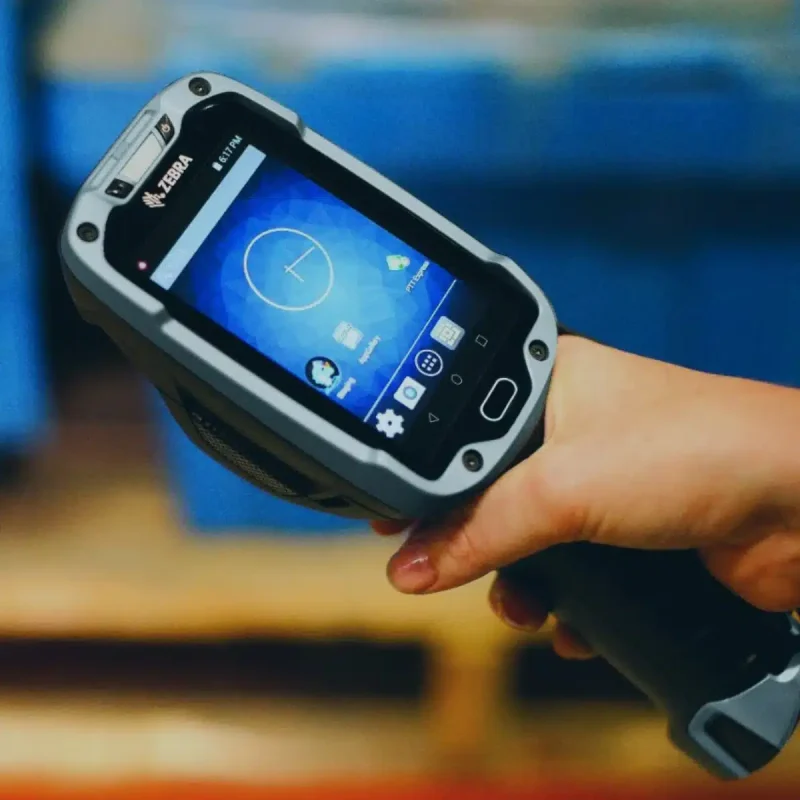
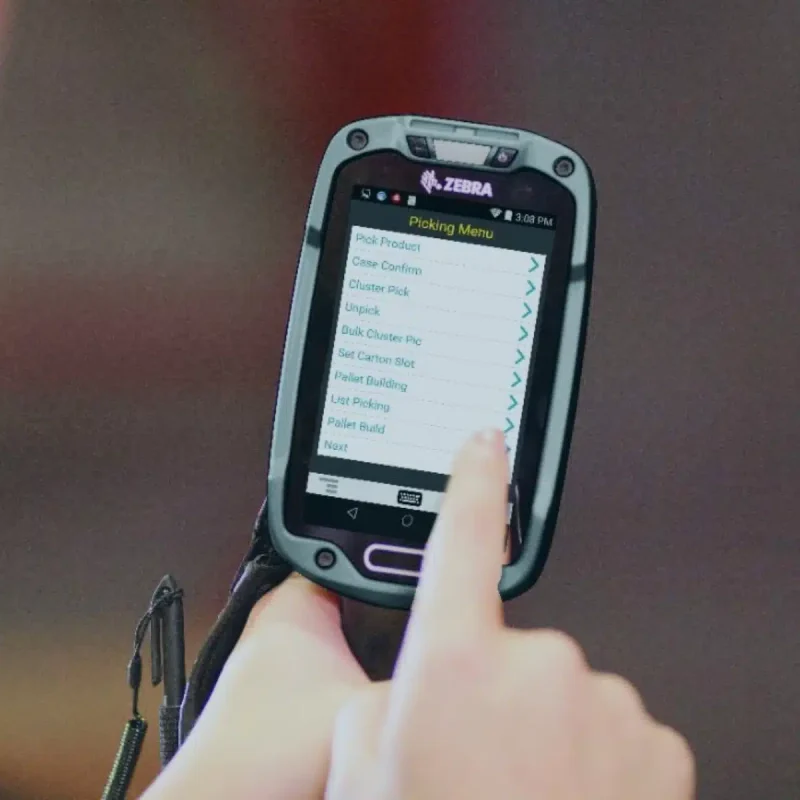
The new configuration suggested to KFI the proposal of the Zebra TC8300 PDA, a device with unprecedented ergonomics able to contribute to productivity increase and to bring a better user experience in many processes. Its innovative design may be seen in two of its distinctive features: in the generosity of the screen and the absence of the keyboard. Therefore, KFI immediately understood that its structure, which allows to view the display optimally during scanning operations, would be perfectly suited to Fercam’s needs. In fact, allowing a drastic reduction in wrist movements, this device brings extremely positive effects in terms of ergonomics and speed.
“A device of this type, thanks also to the widespread use of Android at the enterprise level, makes it possible to use the same technology in different activities. For example, thanks to the help of SOTI, it is possible to reconfigure the surplus devices with a simple “click”, in order to make the most of them in different business areas and processes. In fact, these are systems subject to continuous development for which more and more components that can be installed as needed are available”, highlights Albiero.
On the user interface side, with the aim of making the user experience simpler and more immediate, KFI has focused on optimizing buttons and menus. More emphasis has therefore been placed on input fields, characters have been enlarged and button combinations eliminated in favour of digital function keys selectable with a single tap. Finally, the error messages were highlighted using a more noticeable colour.
All without exceeding in sophistication, in order to contain development times and costs, in view of the next step: the replacement of the Telnet derivation screens with the definitive web interfaces of the completely renewed graphics new TMS.
SOTI
SOTI is a leader in creating innovative solutions that reduce the cost and complexity of mobile and IoT operations for businesses. In two decades of success, SOTI has been able to build solid partnerships with the main suppliers of mobile platforms and devices which allow it to have a privileged view on new technologies and industry trends.
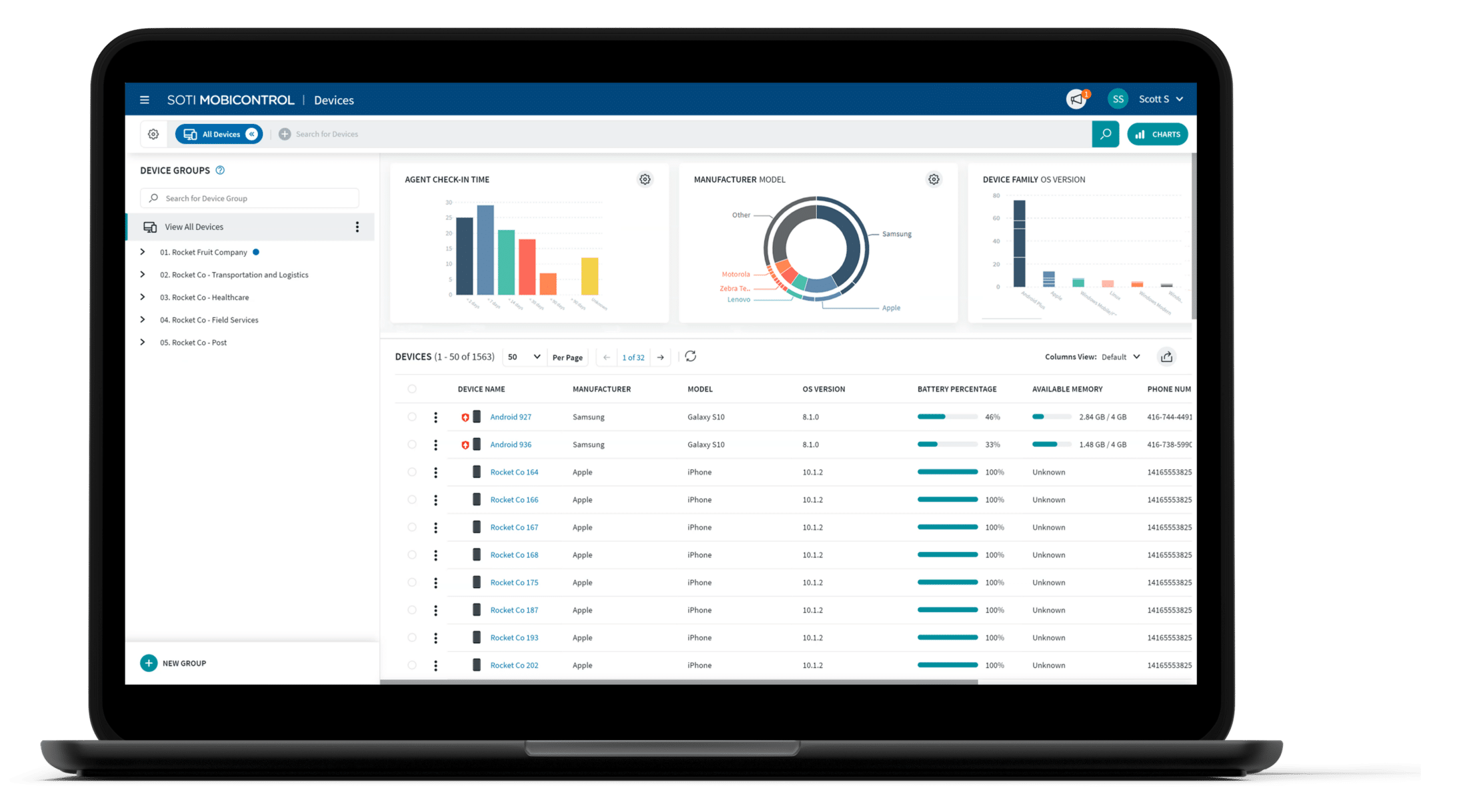
The results
The advantages of an optimised process and an intuitive user experience
Fercam has embraced this change with enthusiasm and satisfaction, recognizing the innovation it brings both in terms of integration with new technologies and flexibility in meeting diverse business needs.


“The migration to Android immediately marked a significant step forward in usability, as confirmed by the enthusiastic feedback from operators who praised the ease of use of the new devices. The adoption of the new operating system was smooth and intuitive.Moreover, thanks to its integration with the EMM SOTI, Android has reached its full potential, raising the bar in terms of user experience, control, management, and configuration. This has significantly reduced the operational burden on IT processes. Finally, Android offers access to a vast array of applications for any business need, and when a specific solution isn’t available, it can be developed with a minimal investment”.
Stefano Albiero, Chief Technology and Security Officer